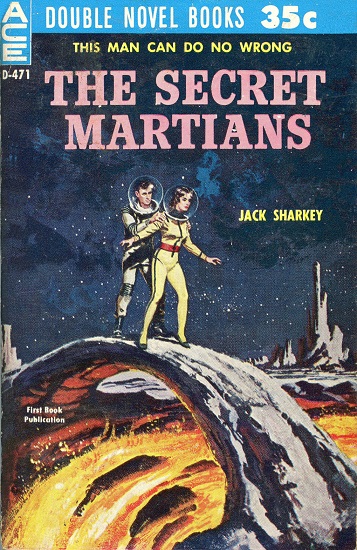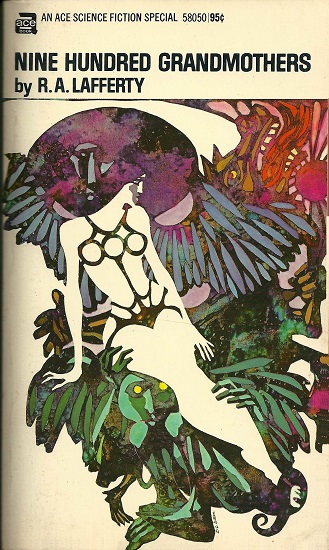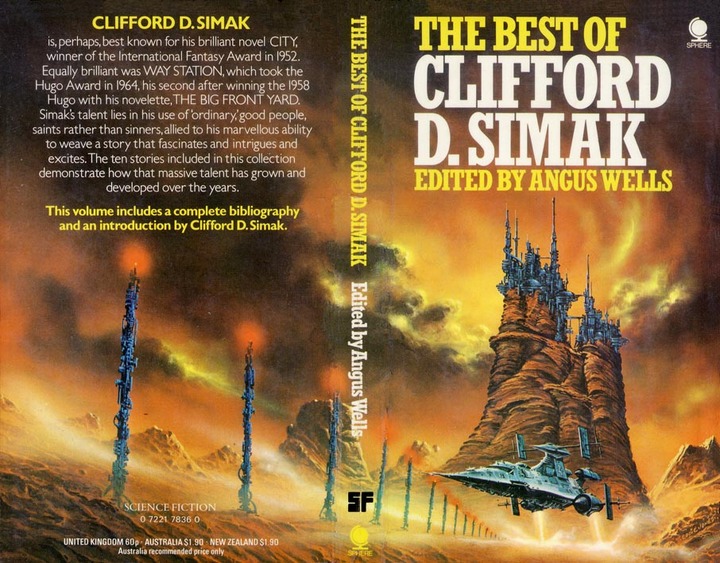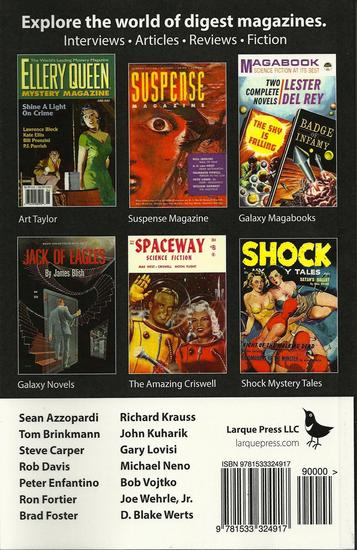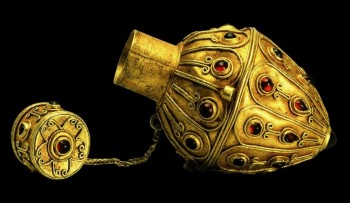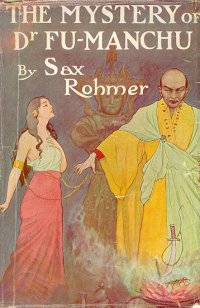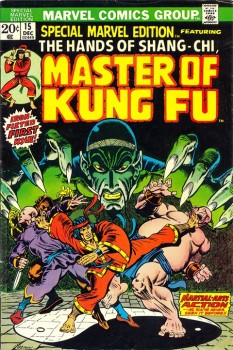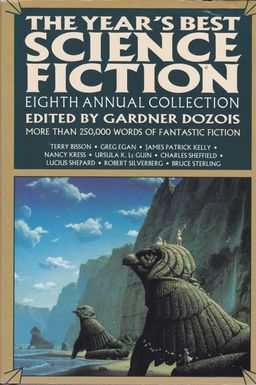Vintage Treasures: Lincoln’s Dreams by Connie Willis
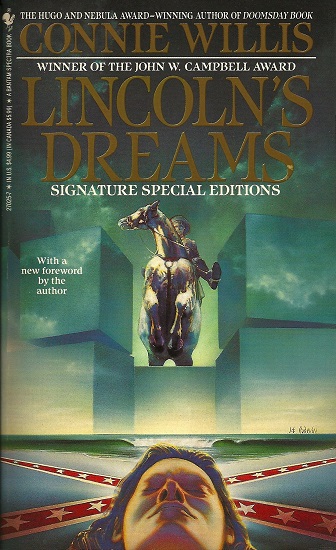 |
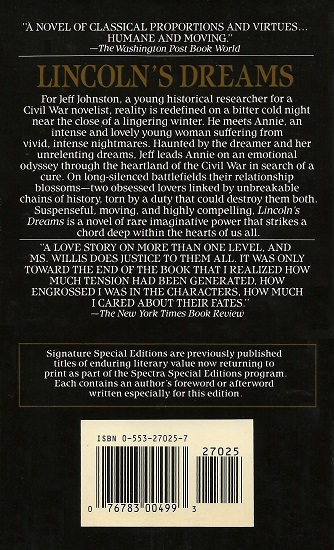 |
There are precious few debut novels that receive the outpouring of acclaim that greeted Connie Willis’s Lincoln Dreams when it first appeared. There are even fewer that remain in print for as long as five years. The Bantam Spectra edition of Lincoln’s Dreams has now been in print for an astounding 24 years… that’s got to be some kind of record.
Willis’ first novel, Water Witch, was co-written with Cynthia Felice, and published in 1982. Lincoln’s Dreams, which appeared in hardcover from Bantam Spectra in May 1987, was her true solo debut, and it established her immediately as a major novelist. Twilight Zone Magazine called it “A tight, solid fantasy with a stiletto-in-the-heart epiphany at the end… fascinating,” and Watership Down author Richard Adams called it “Moving and beautiful… a most original and fascinating novel.” Fantasy Review said it “clearly marks Connie Willis as one of our foremost young novelists.” And Harlan Ellison said:
Every once in a while a talent leaps up to announce itself as important. Connie Willis is such a talent: a magisterial intelligence at work… to miss Lincoln’s Dreams is to risk the loss of your immortal soul.
Lincoln’s Dreams was published by Bantam Spectra in July 1992. It is 229 pages (plus 2-page foreword by the author, and a 12-page preview of her 1992 novel Doomsday Book), priced at $4.99. The cover is by Jean-François Podevin. Click the images above for bigger versions.

